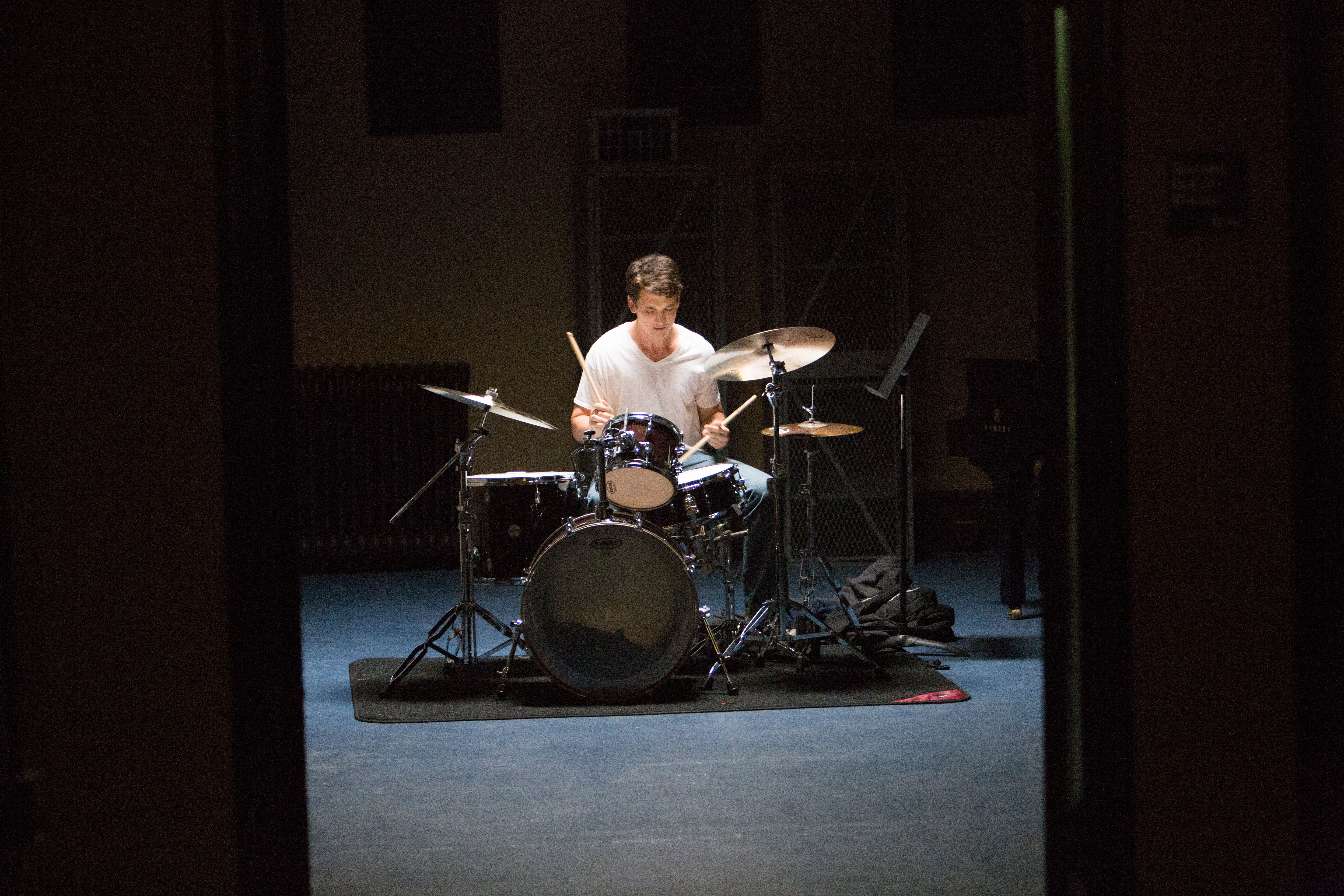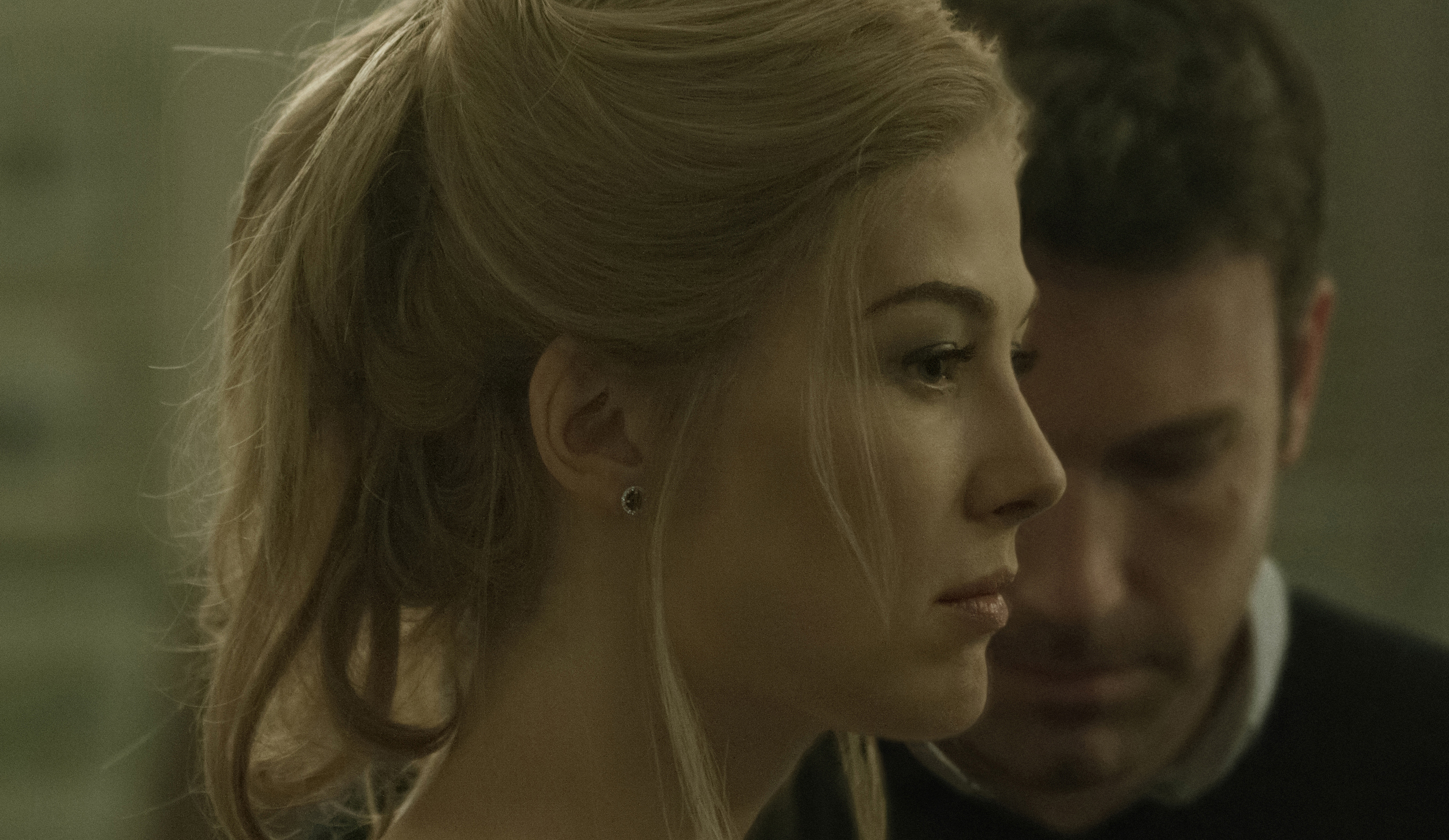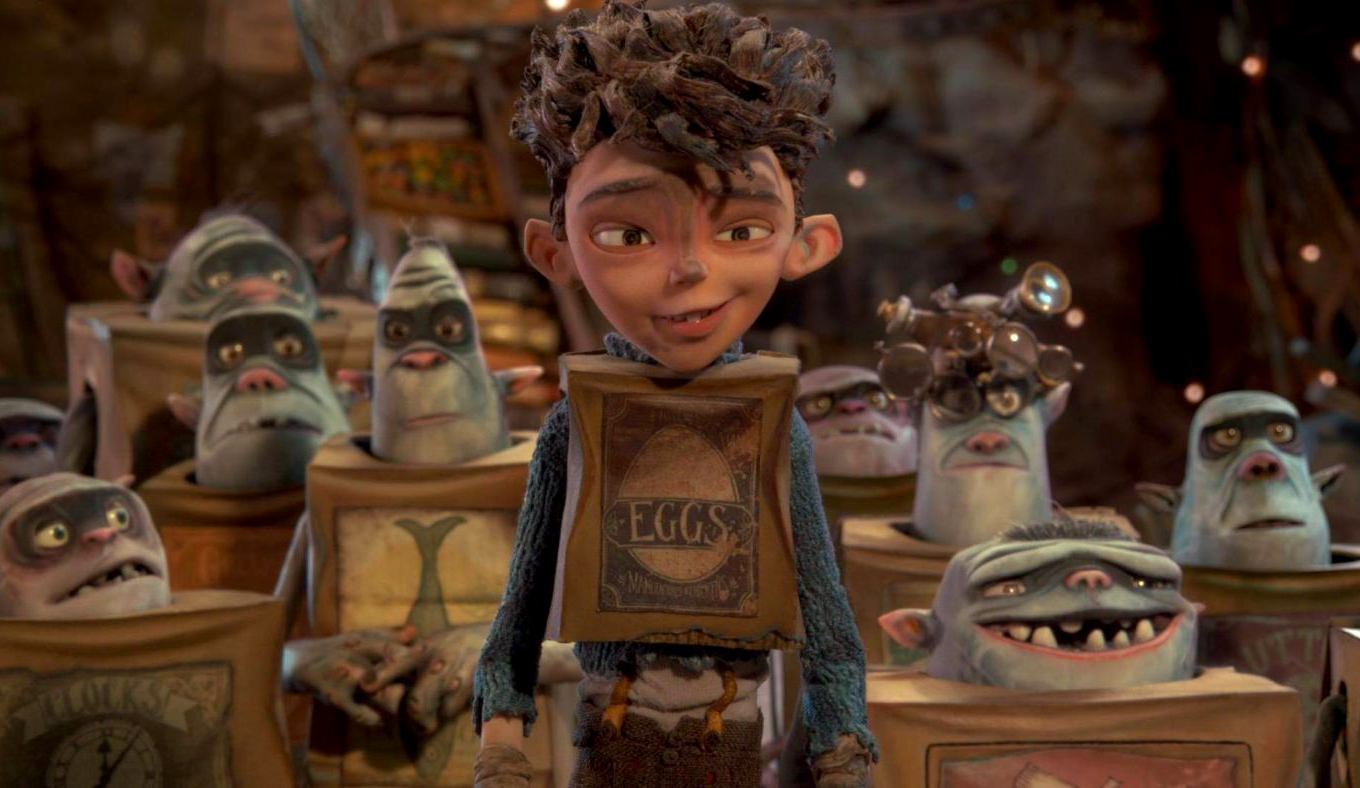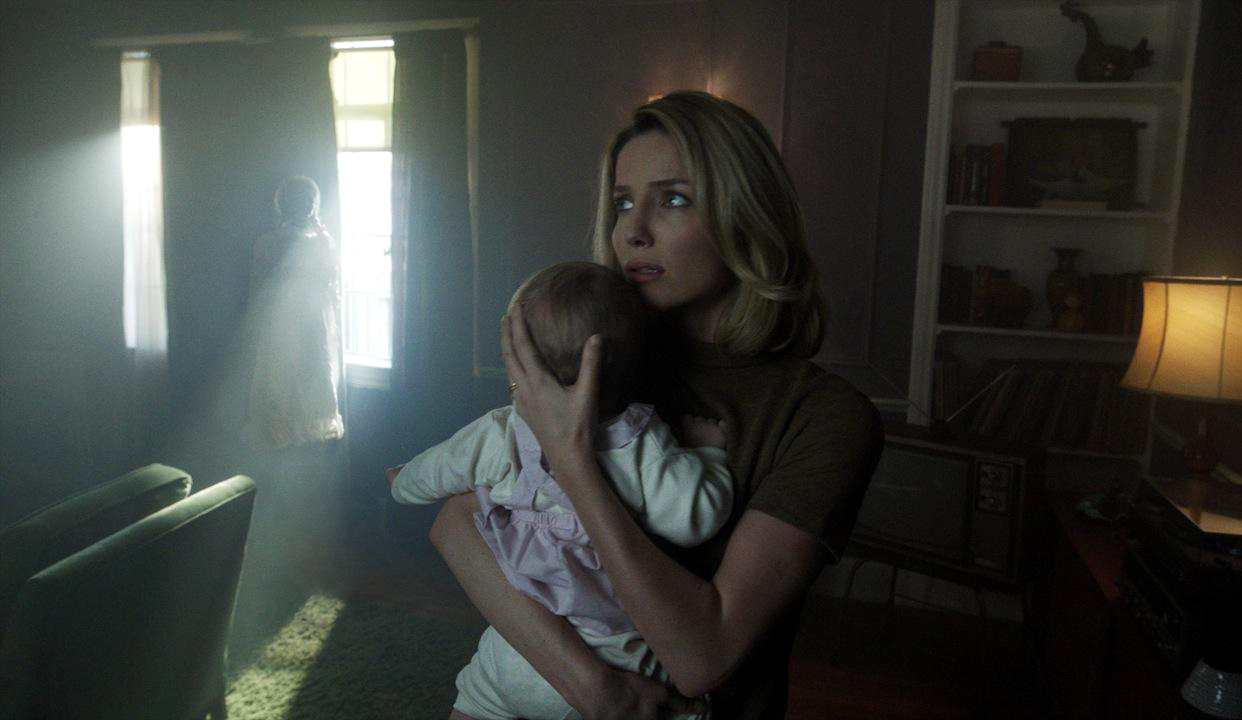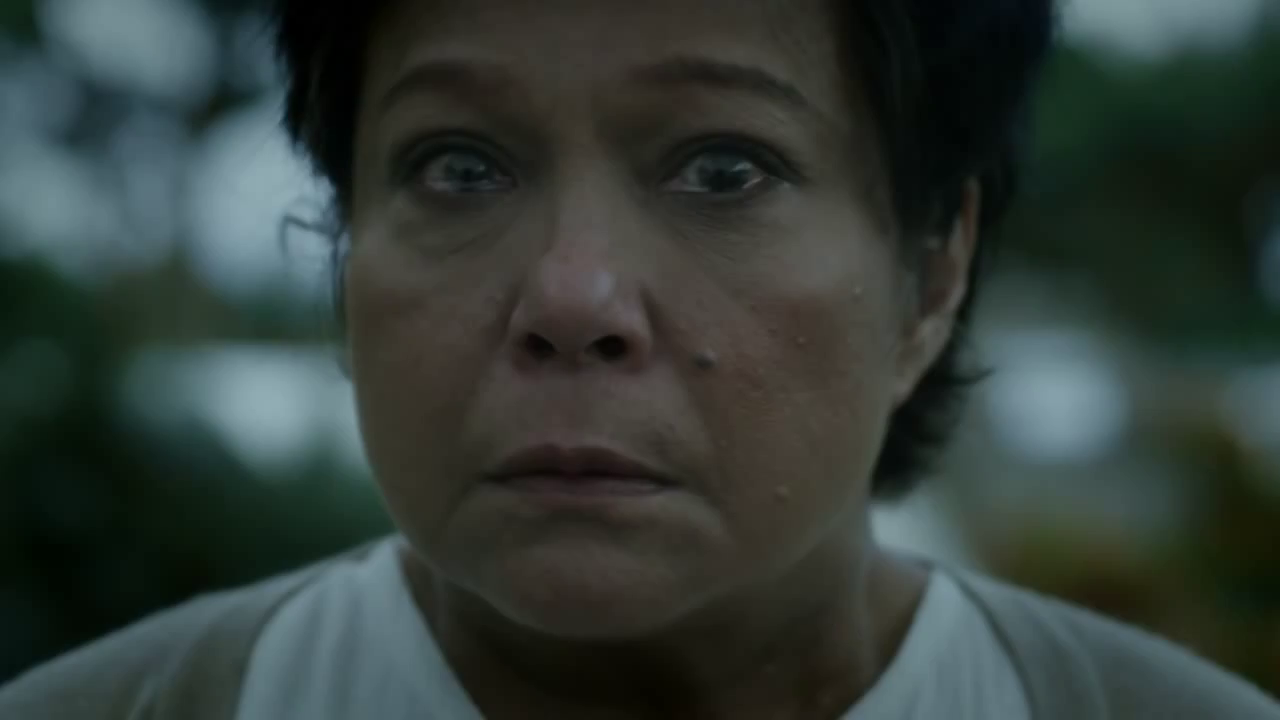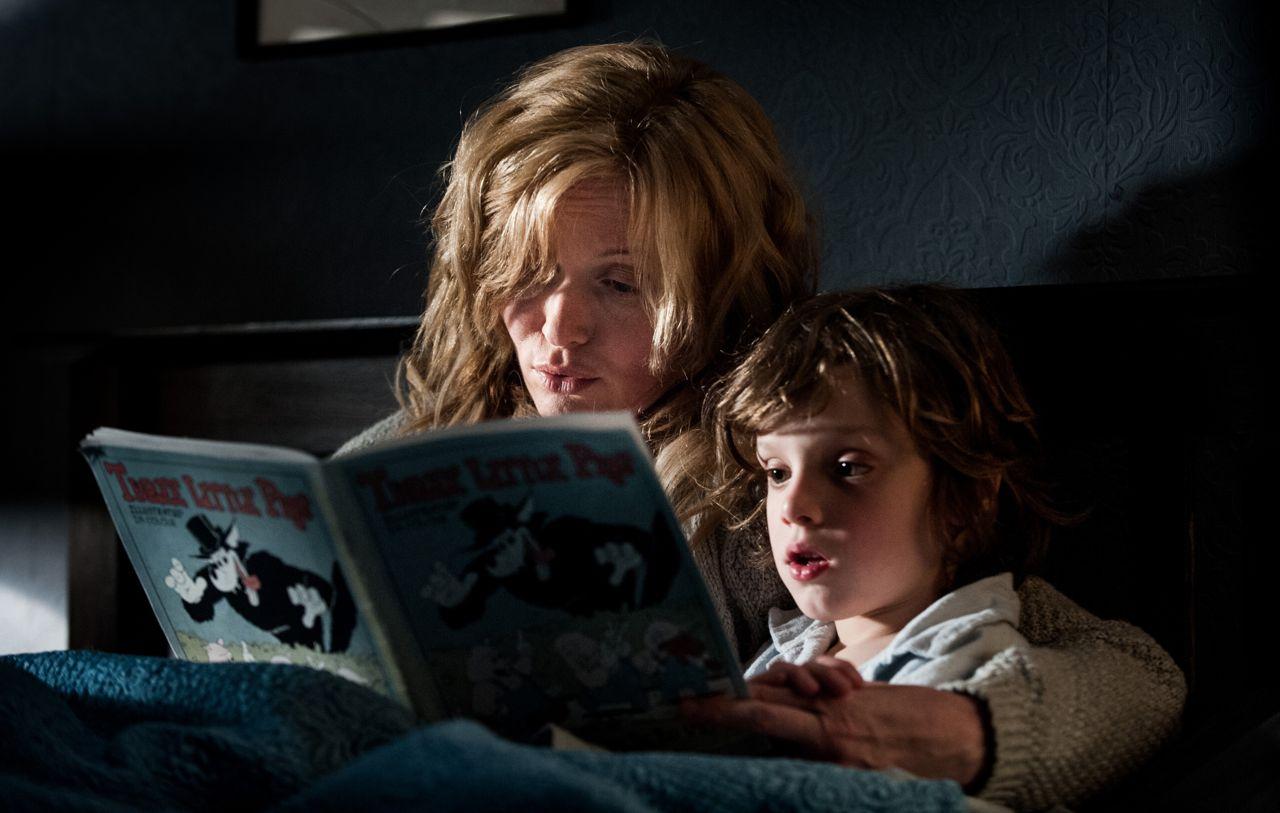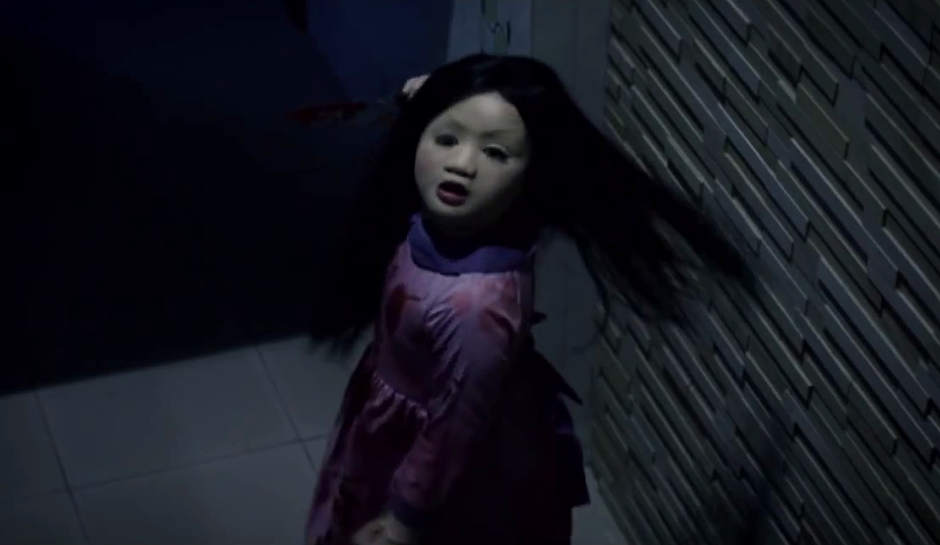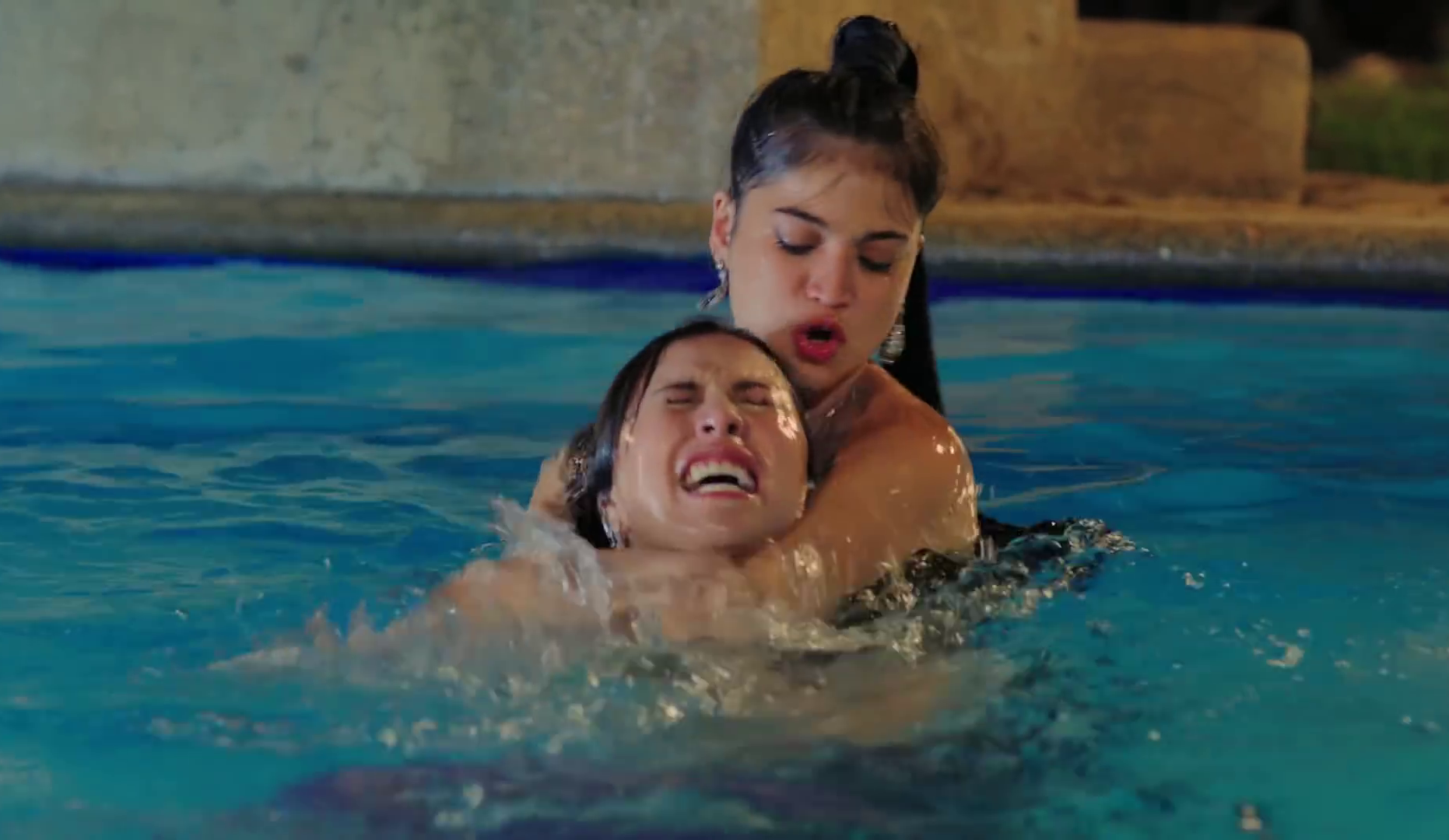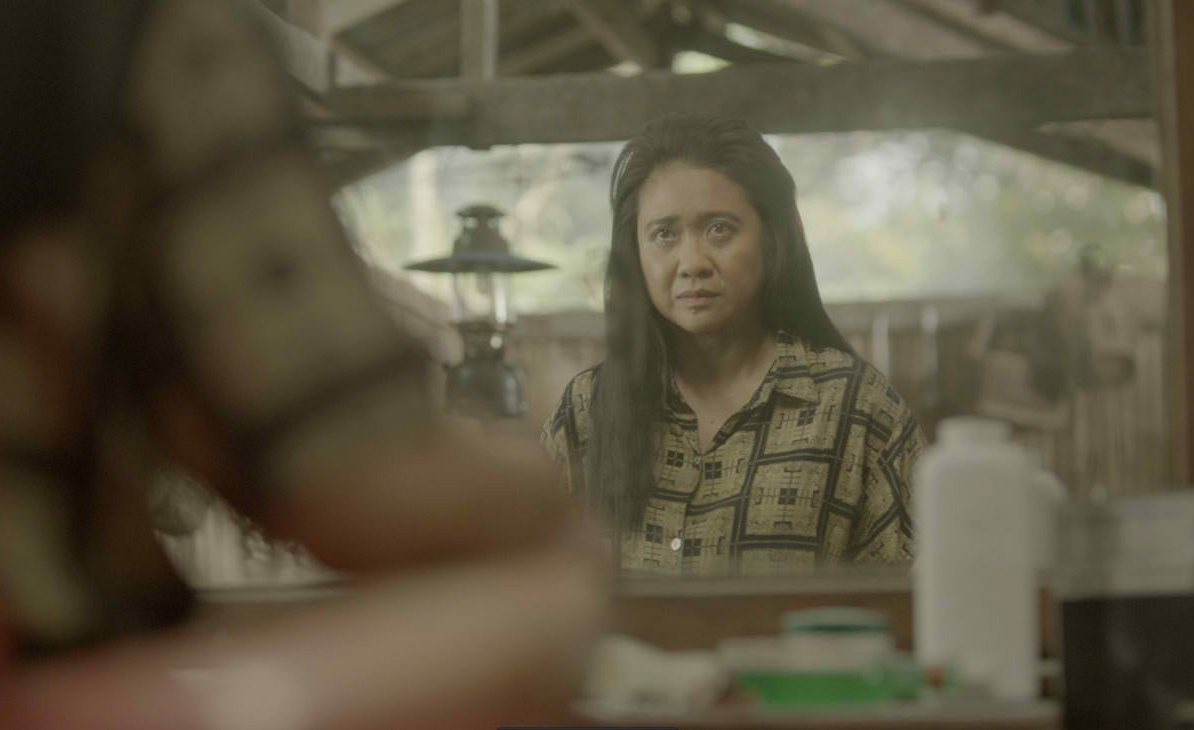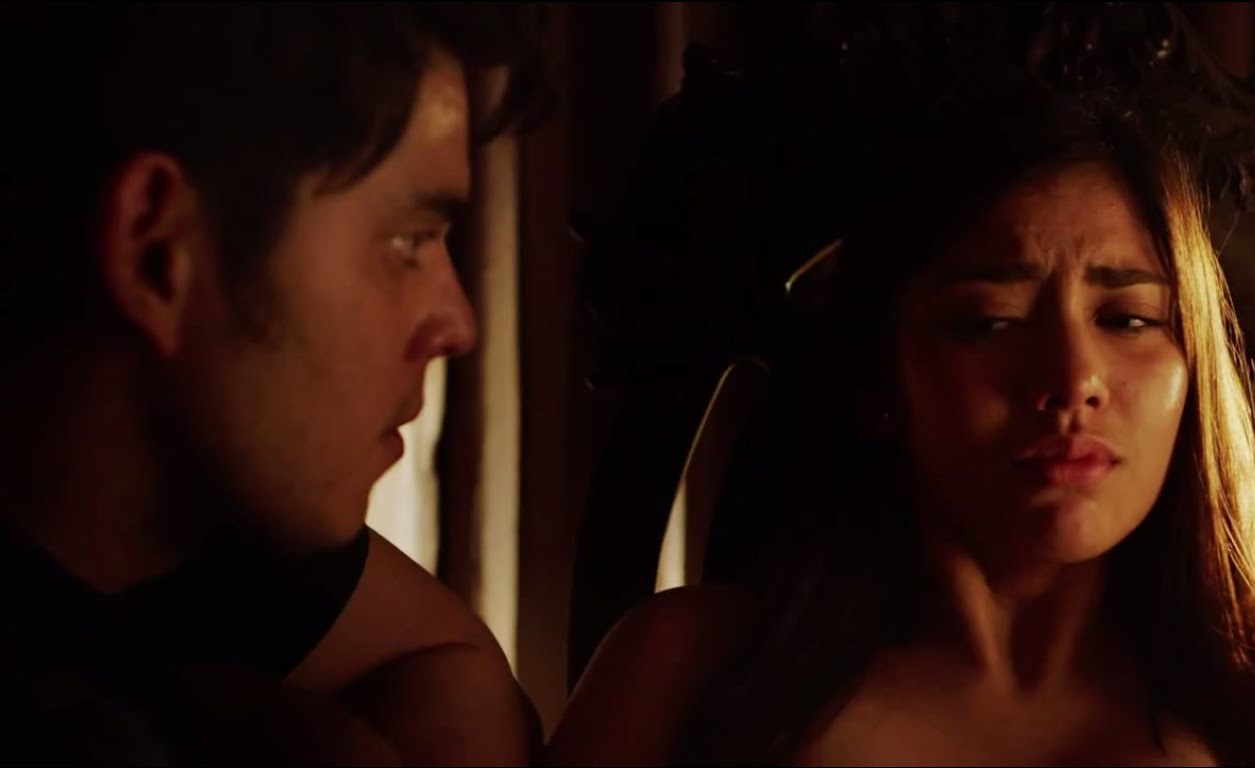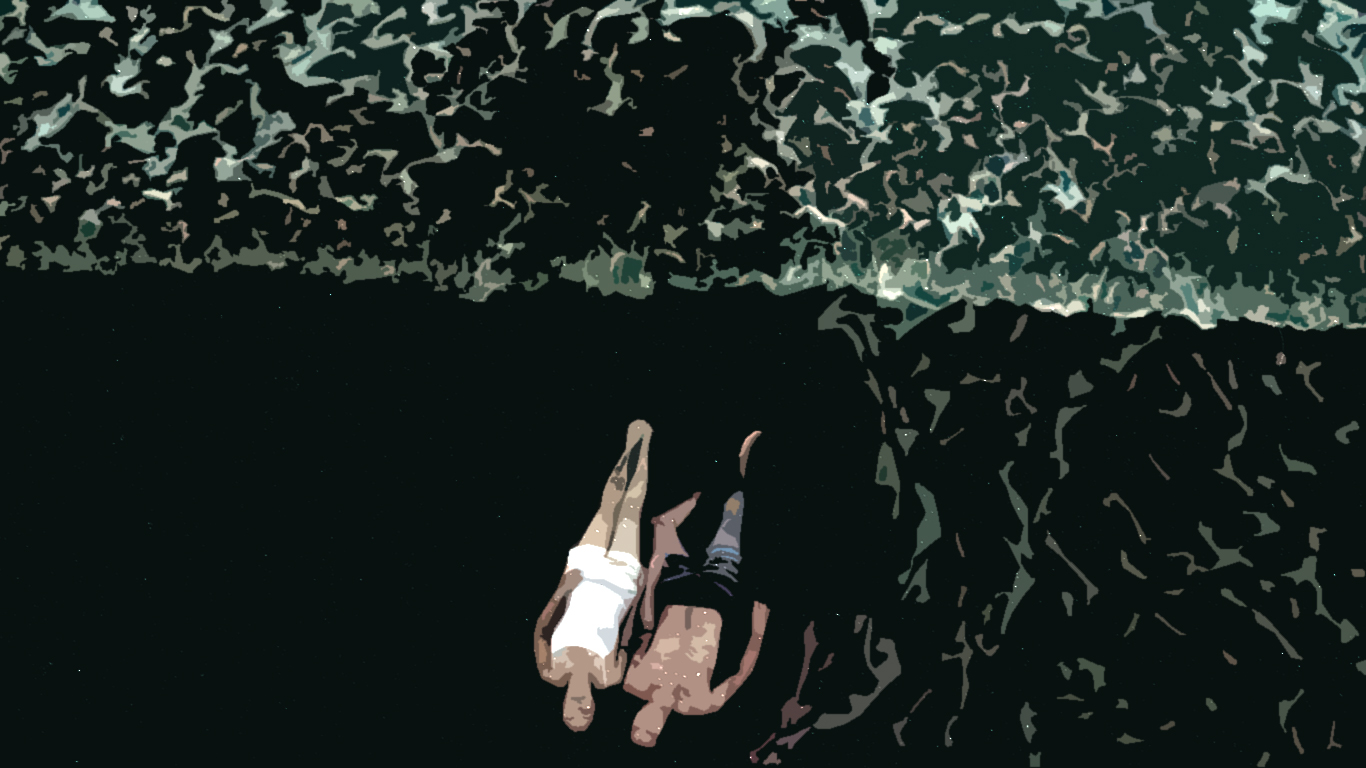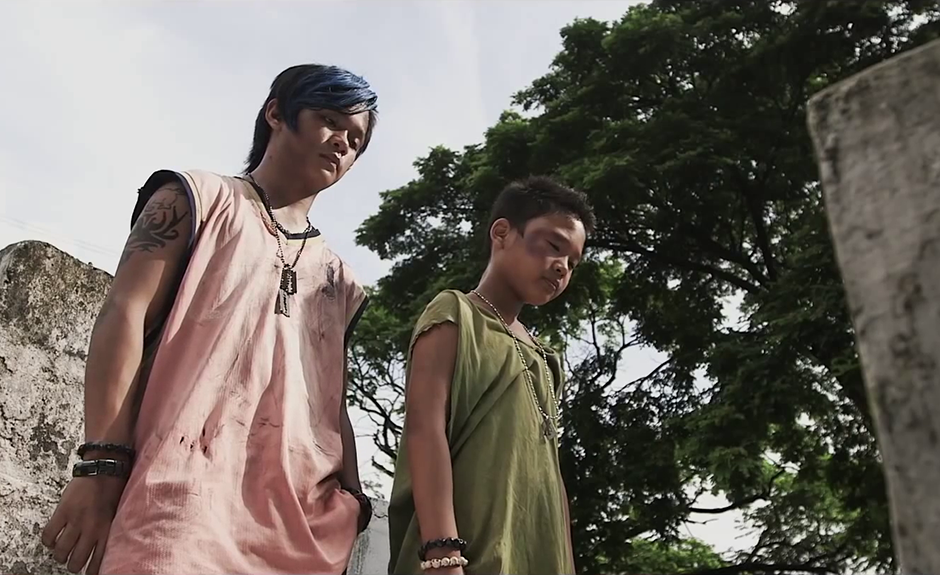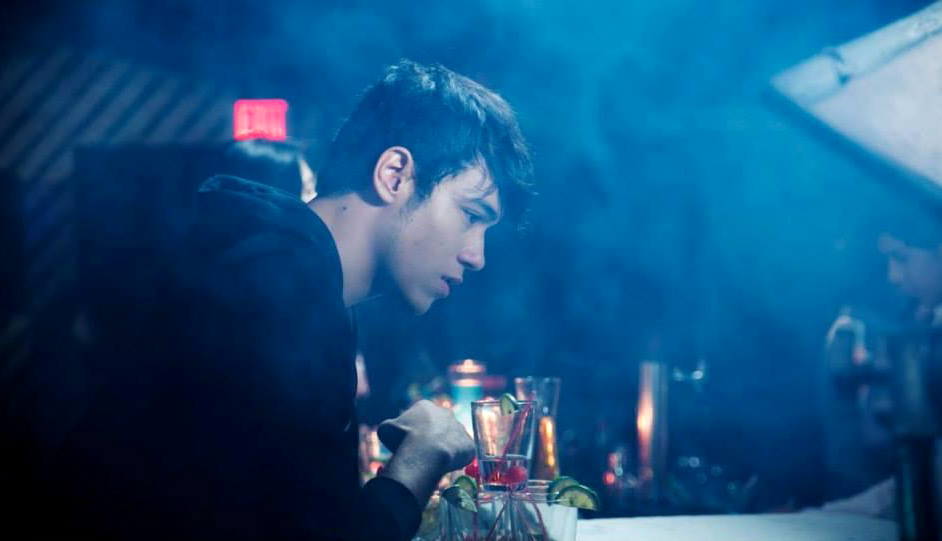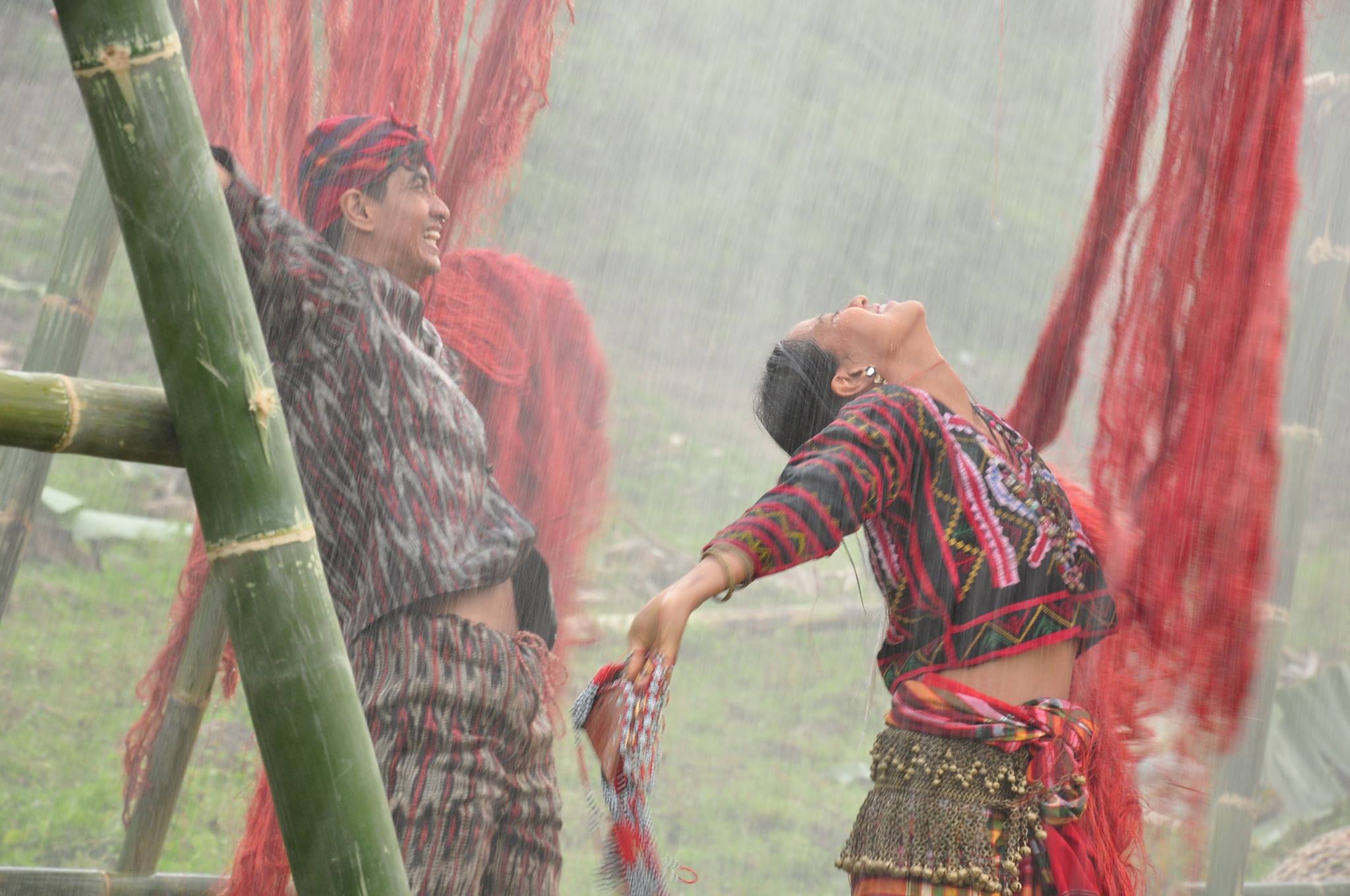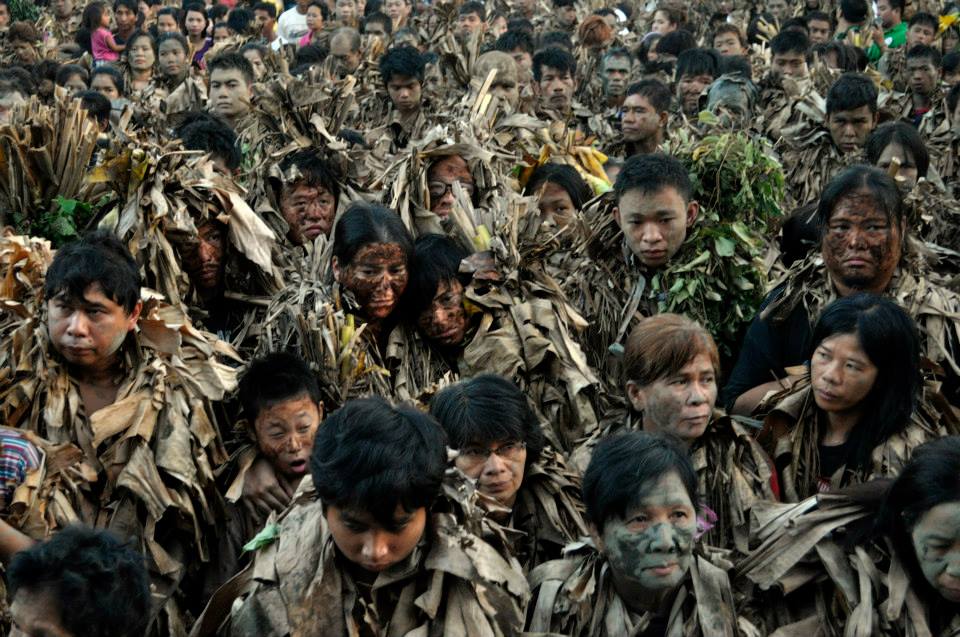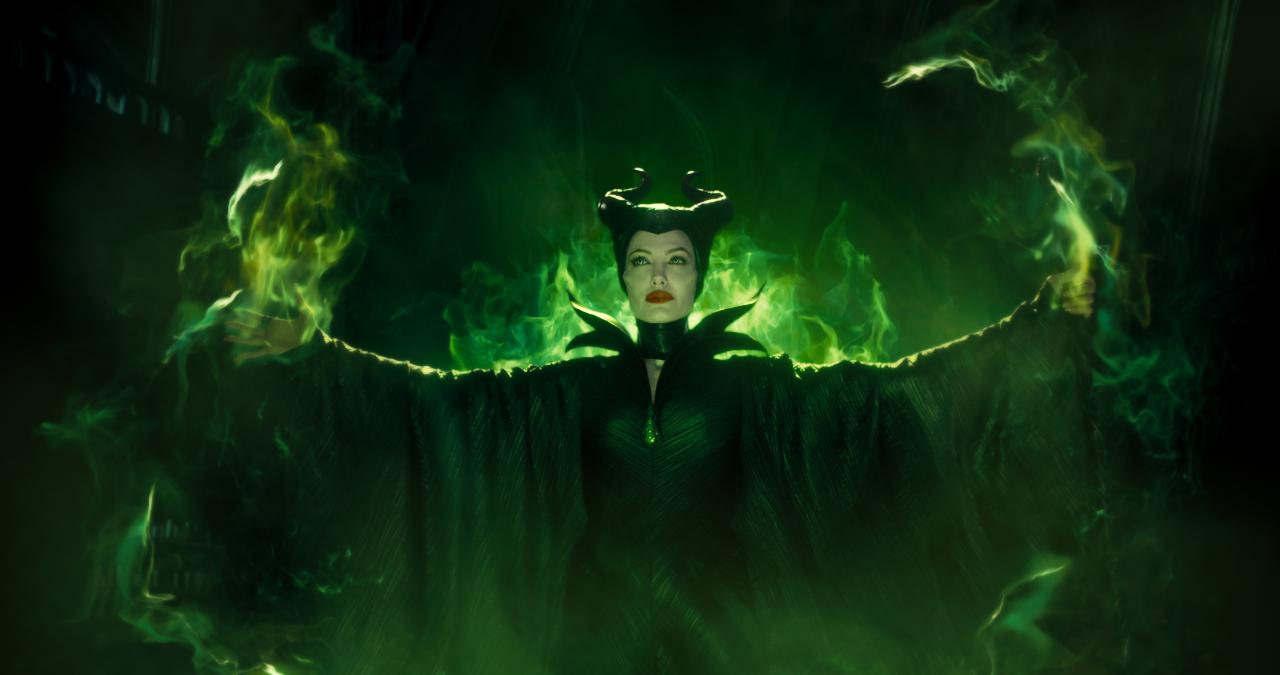Every frame of Whiplash is about rushing head-on past the fringe. It is about insanity. That is why the title could not be more apt.
Category: Theatrical Release
The Boxtrolls
Like its titular tinkerers, The Boxtrolls is drawn to a familiar patchwork of a story, collecting ‘scraps’ from other works of animation that are attuned
The Babadook
Because it hides amorphous behind so many masks, no bogeyman is outgrown by its tormented. The Babadook, Jennifer Kent’s brilliant debut as director, appears latched
Maria Leonora Teresa
If the mechanics of terror are as superficial as placing drum-hits and cheat-scares, then the genre might as well be dismissed moot, at the easiest,
The Gifted
Besides the Blue Suede-sequence from Boy Golden, the epilogue in Chris Martinez’s Kimmy Dora: Ang Kyemeng Sequel is one of the cleverest things to grace
Talk Back and You’re Dead
There is but a single thread stringing together the story of Talk Back and You’re Dead, thus far the latest amongst the Wattpad-imports currently most ubiquitous
Barber’s Tales
For most of Jun Lana’s new film Barber’s Tales (alternatively known as Mga Kwentong Barbero), the women who live in the small rural town fraught
1st Ko Si 3rd
In Real S. Florido’s 1st Ko si 3rd time plays two roles: one that creates a void and another that fills it. The case of
Children’s Show
Only a few frames from completely wallowing in its relentless, almost-stifling realism, director Roderick Cabrido’s debut feature Children’s Show swivels to the truly weird and
#Y (Hashtag Y)
Gino M. Santos’s follow-up to his exuberant if shrouded debut The Animals is set once again within a circle of upper-class, party-‘till-drop youth (here, a quartet
K’na, the Dreamweaver
“When Kana, a young T’boli woman, becomes a dreamweaver, she has the chance to weave together her village’s warring clans. But, will she give up true love to do so?”
Guardians of the Galaxy
Our fifteen-year-old selves, as I am confident is the same for most, live in an era in which we are most willing to plunge and
X-Men: Days of Future Past
Thrilling in every way but one, “X-Men: Days of Future Past” is the technically virtuous, wildly entertaining film that is to redeem its enduring franchise
Maleficent
Meant as a redemptive ticket for the iconic villainess (which, in all Disney-goodness, can mean Immediate Character Humanization, and this is), Robert Stromberg’s revisionist take on
22 Jump Street
Unless Vietnamese Jesus is not enough indication, one must be able to predict that Phil Lord and Christopher Miller’s overtly self-knowing sequel “22 Jump Street”
